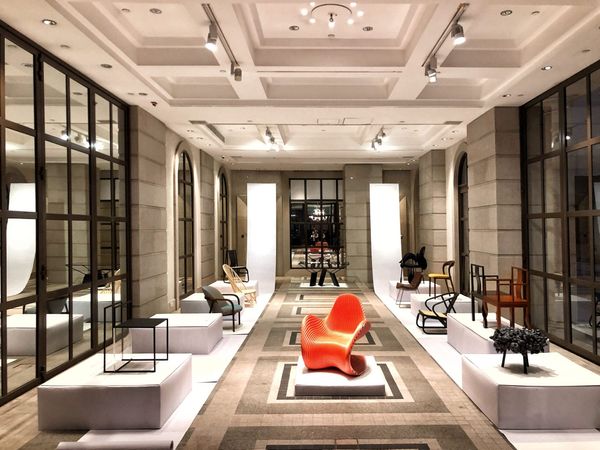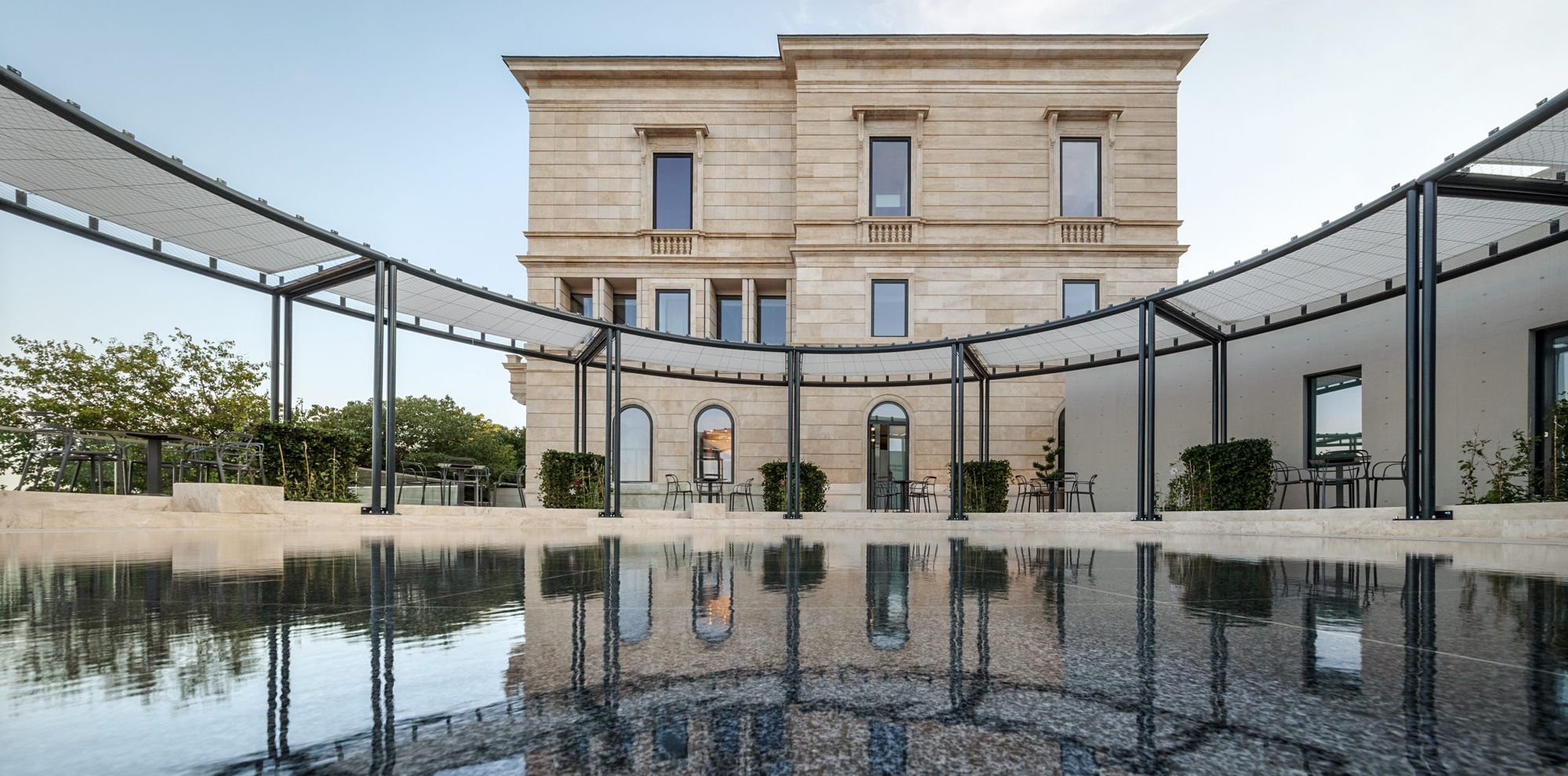The Hatvany-Lónyay villa, with its rich historical and cultural background and archaeological monuments, was destroyed during the Second World War. The building has now been rebuilt by the BORD Architect Studio, preserving its historical heritage, yet adapted to contemporary needs.
The first records of the plot, located at the corner of the Király steps and Hunyadi János Street, date back to the 12th century. In 1685, the Turks built the Golden Bastion on the site of the former craft houses as part of the defense line connecting the Danube with the Castle. The new family home of Count Menyhért Lónyay, the three-story neoclassical residence designed by Miklós Ybl, was built on the foundations of the Turkish bastion between 1870 and 1872. The building was bombed during World War II, and after, the site stood empty for half a century. In 1996, a cultural and gastronomic center was planned to be built on the plot, but district regulations required the original Ybl-designed villa to be rebuilt. After archaeological excavations, the building was structurally complete by 2006. It was then, that BORD Architects Studio took over the design of the new building, which was intended to be a multifunctional event house.
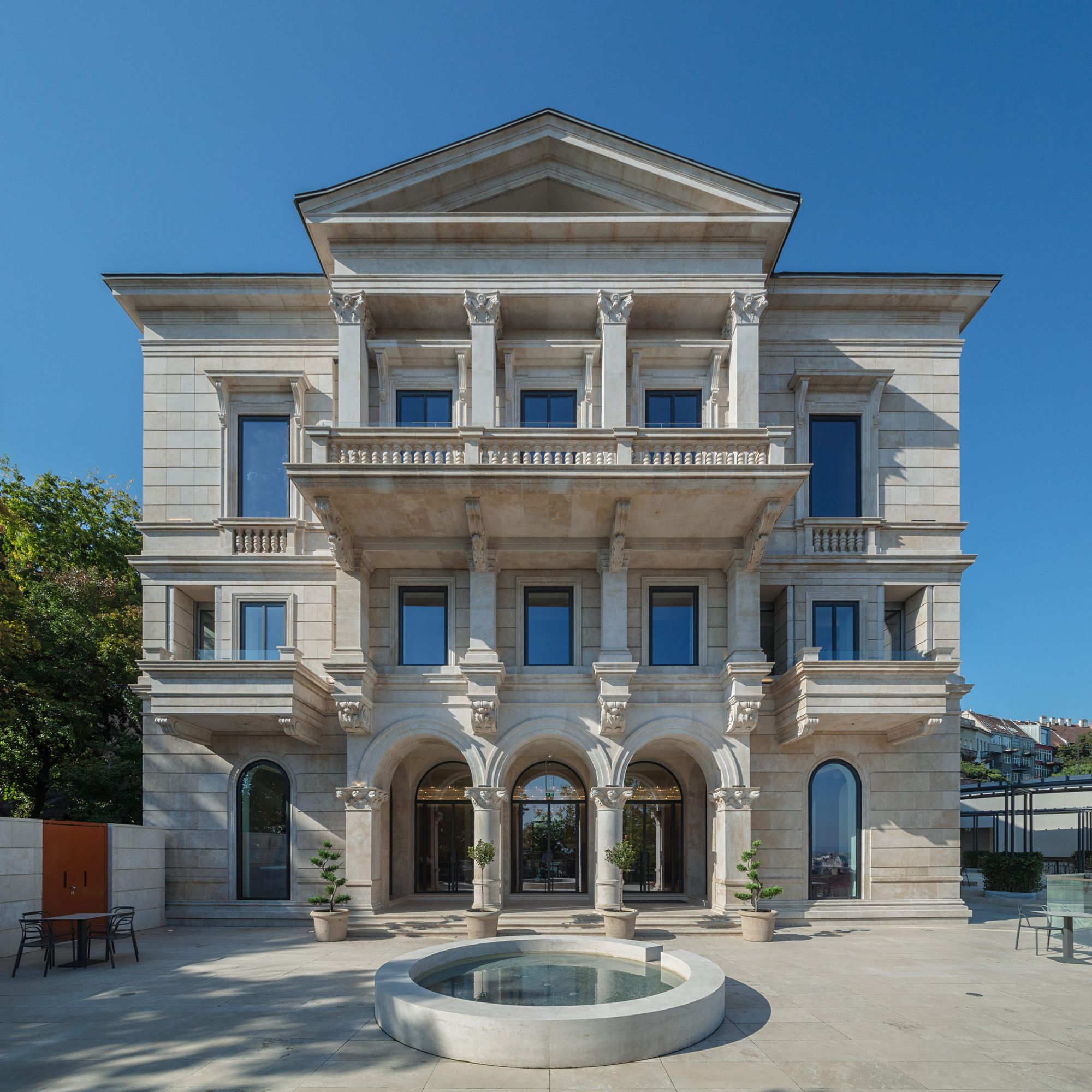
The historic environment, the regulations on rebuilding and the protracted archaeological excavations presented the studio with a complex task. The completed building faithfully preserves the mass and the interior structure of the original Lónyay-Hatvany villa. The top floor of the palace, with the highest ceilings, is now used for representative purposes. Below are offices and on the ground floor, there is a restaurant. The garden features rose bowers, a splashing water surface, an observation terrace and a retaining wall, designed by Ybl. The walls of the Golden Bastion are directly linked to the Ybl retaining wall: the “Bastion Hall” will function as a concert hall, an exhibition space and a ruin garden, showcasing the excavated medieval wall sections.
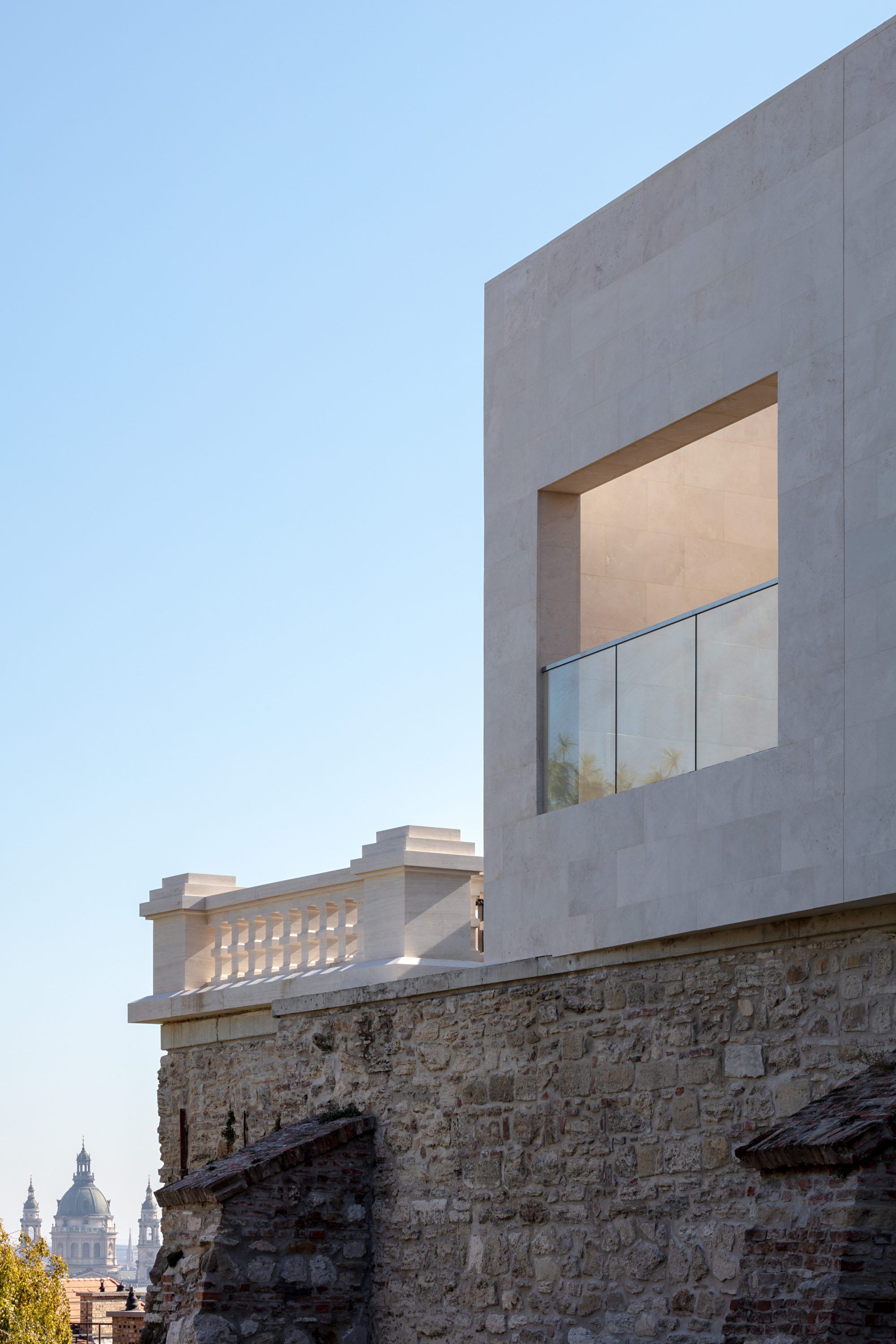
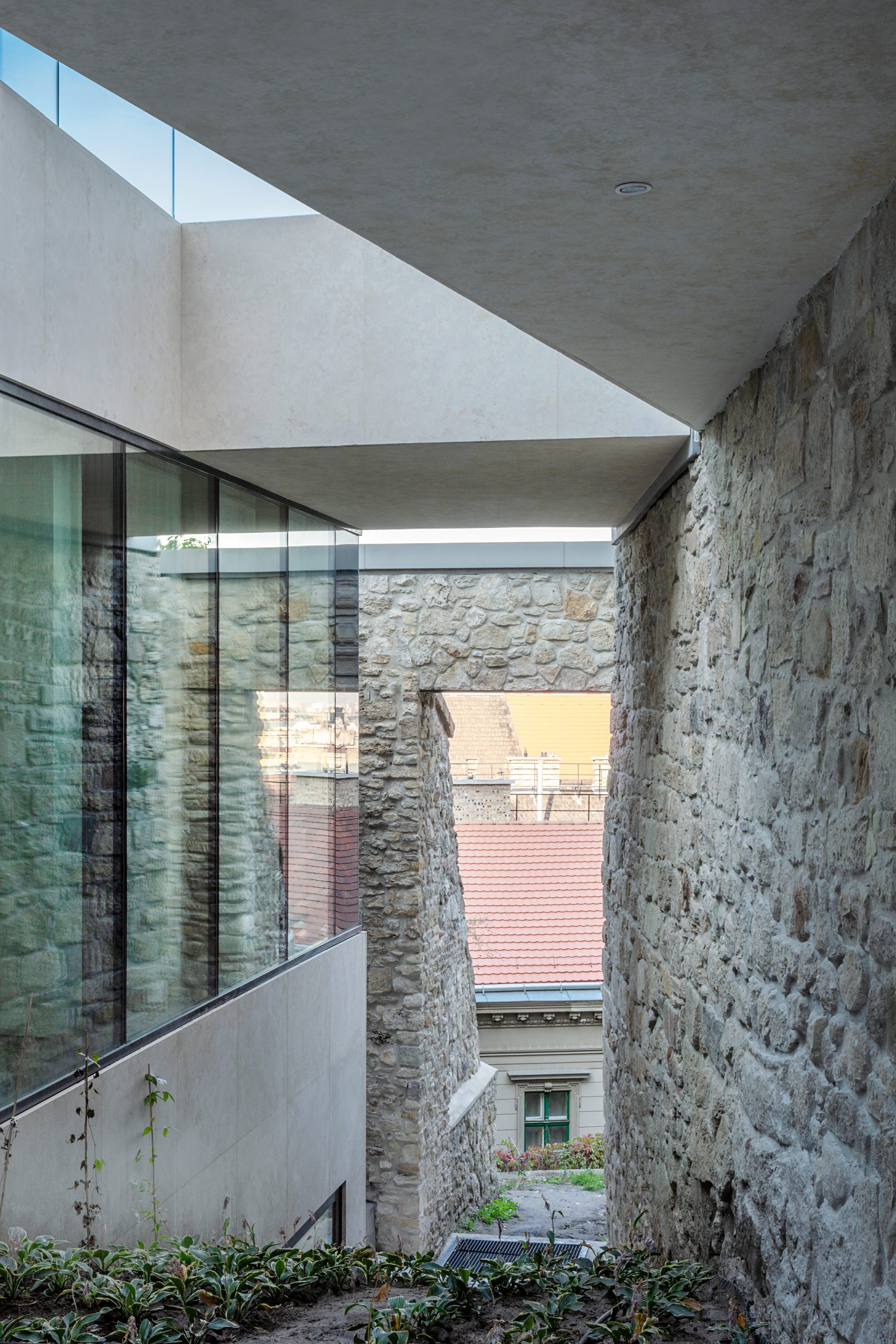
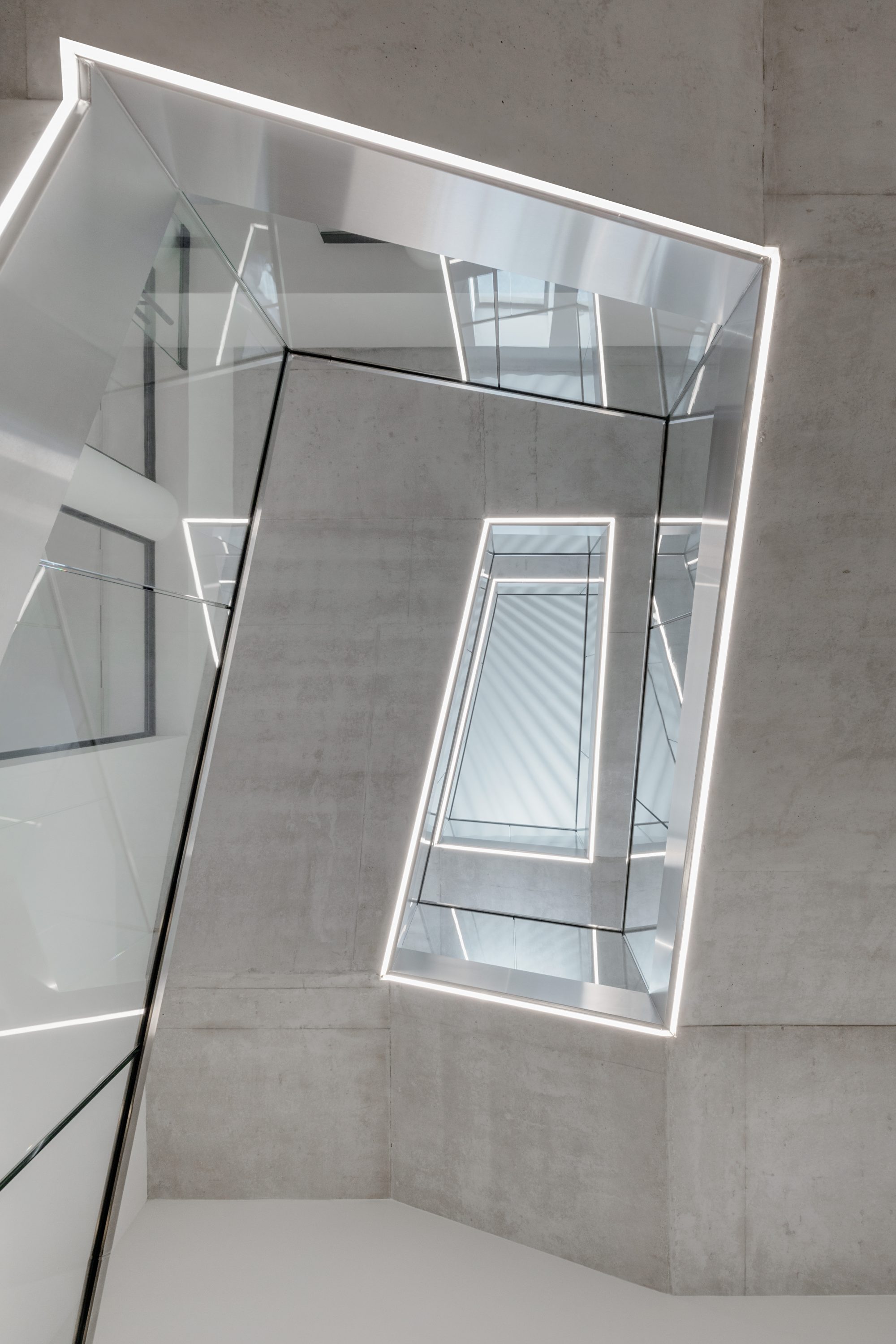
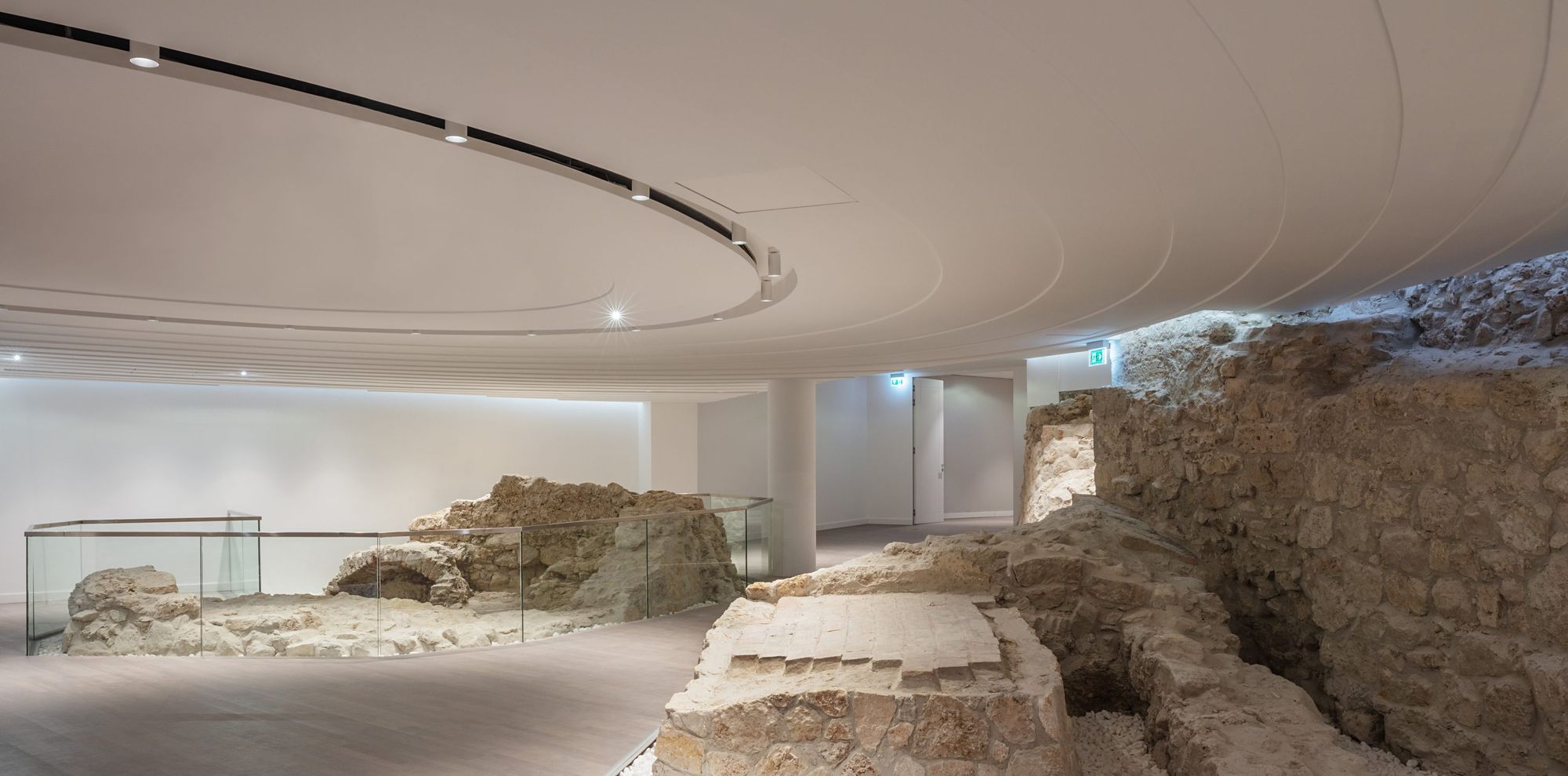
Source: Press Release
BORD | Web | Facebook | Instagram
Photo: Tamás Bujnovszky

Creative designers, stylish card games | TOP 5
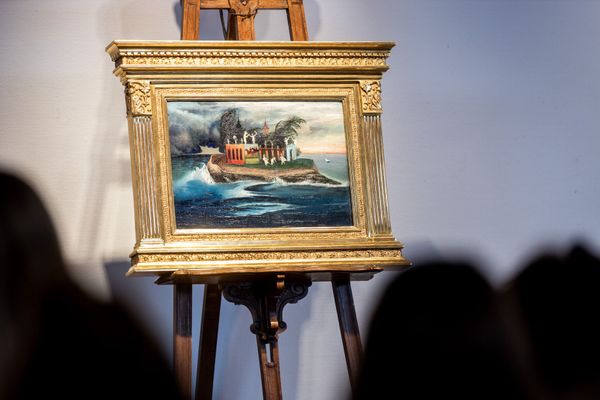
Tivadar Csontváry-Kosztka's painting, Mysterious Island, set a new auction record in Hungary
